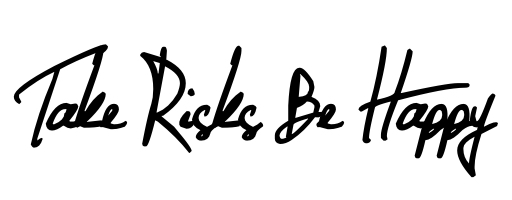I’ve become obsessed with a framework I’ve been working on called Symbols vs Sources.
A symbol is the purchasable or performative proxy—what we wear, post, drive, or display to signal something about ourselves. A source is the real thing underneath: love, belonging, mastery, freedom, dignity. Ads are masters at selling symbols (a watch implying legacy, a sneaker implying victory) and we get into trouble when we treat those symbols as if they are the source.

A luxury bag is a symbol of status; genuine community is a source of belonging. A fitness tracker is a symbol; the habit of moving your body is a source. Busyness is a symbol of worth; time with people you love is a source. Symbols aren’t bad—when they point us back to the real thing, they’re useful. The rule: let symbols signal, never substitute.
Here’s an example of “Symbols vs. Sources“
I once bought a whimsical sweater that strangers kept complimenting. The cloth was just a symbol, but it unlocked the source I actually wanted—connection. Same with a guitar or camera: not trophies, but tools that open creativity, memory, friendship.
Read the full piece at Poetry Culture:
Dive into the full essay and framework here → Symbols vs Sources



